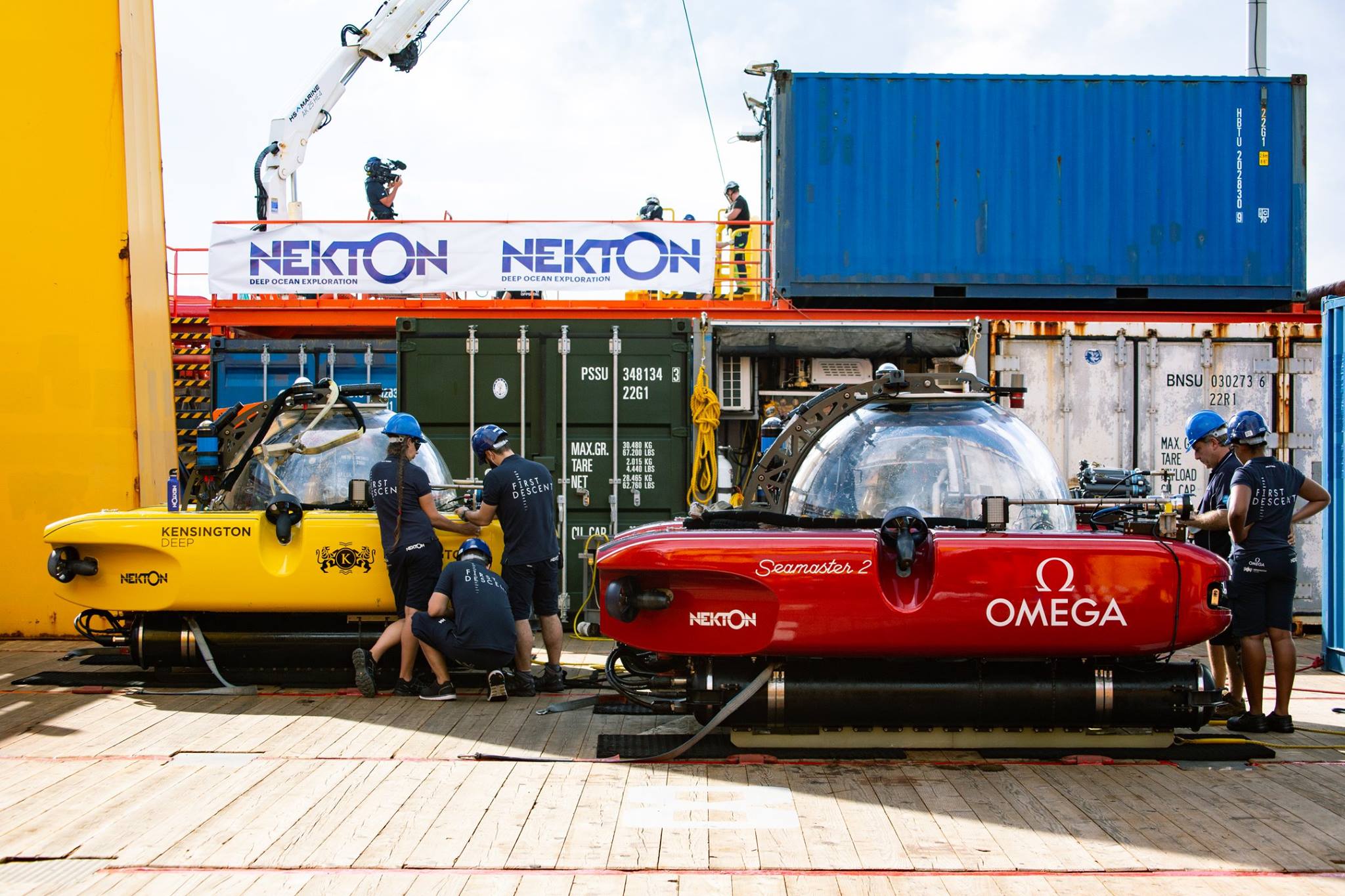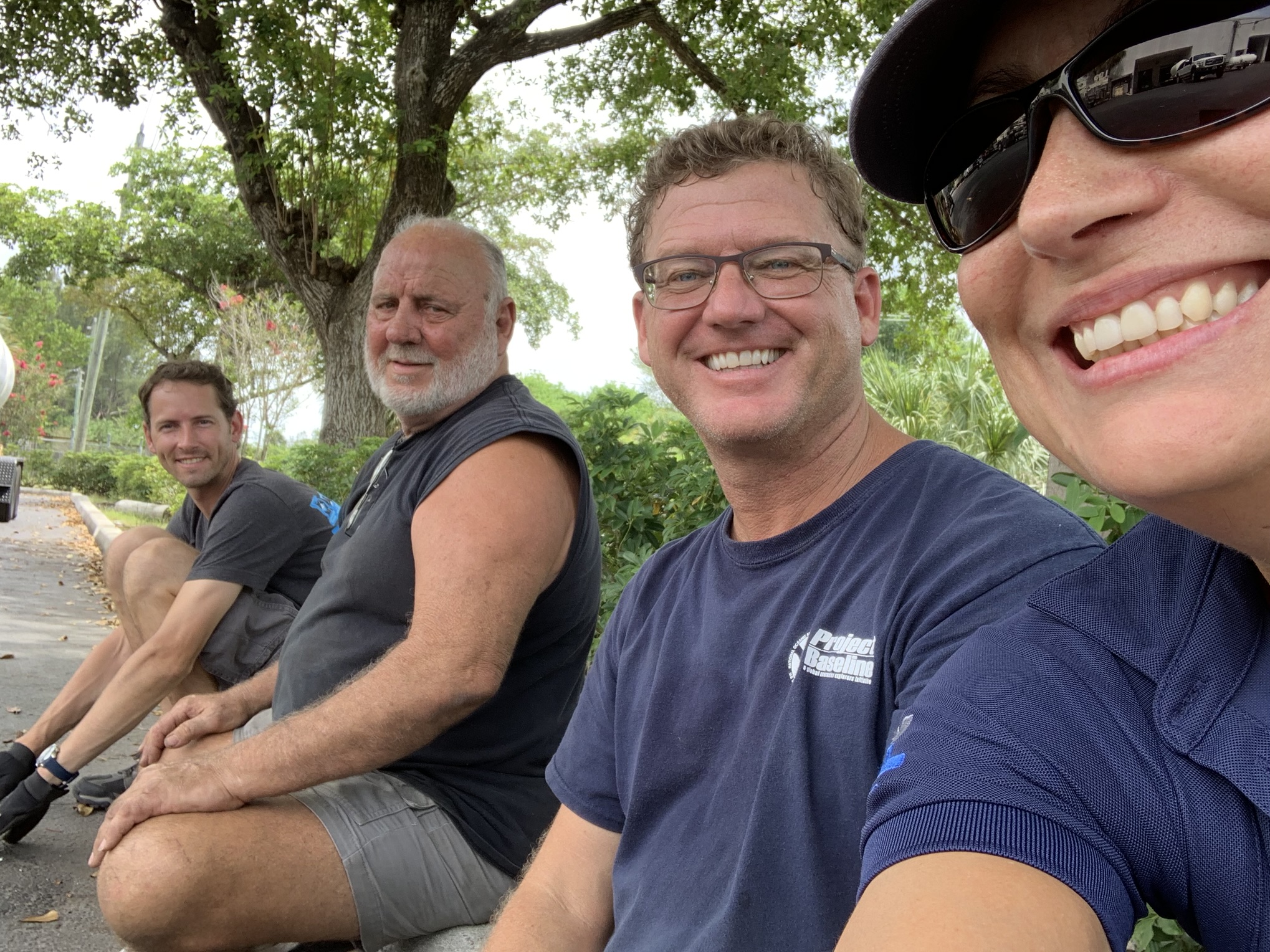What’s it all about?
The first mission – Mission One – of the series of missions that the newly established Nekton has planned had the following four main objectives.
The first objective was about assessing the health of the deep ocean and in the process creating a standardized methodology of physical, chemical and biological indicators useful for marine biologists to evaluate the health, the function and the resilience of the deep ocean.
Another part of the mission objectives was that of Storytelling, raising interest and awareness and inspiring a new global audience. To that end the mission employed among other things the latest 360 degree and virtual reality underwater cameras to document the journey into the deep.
While there seems to be a great interest in the media for space exploration, exploration into the oceans tends to be overlooked, so one of the mission objectives was also to bring the exploration and the science into the classrooms of the world. Nekton even had ambition of establishing and launching a new educational programme – Submarine STEM (Science Technology and Engineering Mathematics) which would have the Triton Submersibles and the 360 degree video etc. as the focal points for media content and content creation, in a quest to reach more than one million school children and young adults, educating them further about ocean science.
Finally, the Nekton mission had hopes of creating impact, by triggering policy changes to increase ocean protection, not just for us but for generations to come. Key ocean conservation groups include: International Marine Conservation Congress (IMCC4), Northwest Atlantic Fisheries Organisation (NAFO), IUCN’s World Conservation Congress, Our Ocean (Secretary Kerry, USA).
We are hopeful that readers and followers of GlobalSubDive will support the efforts of Nekton and all the other partners and team members in spreading the word and awareness of this incredibly venture.


